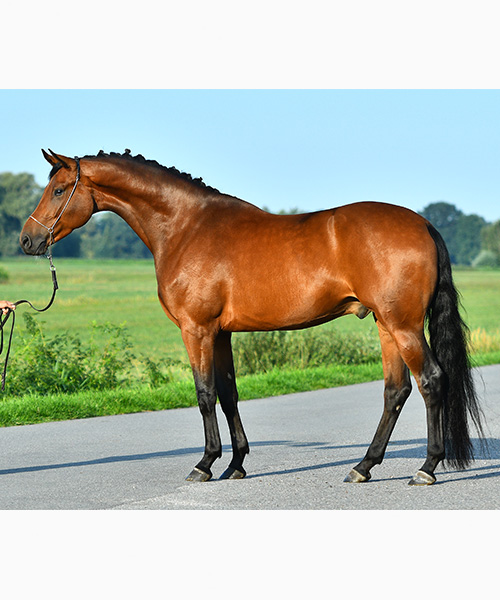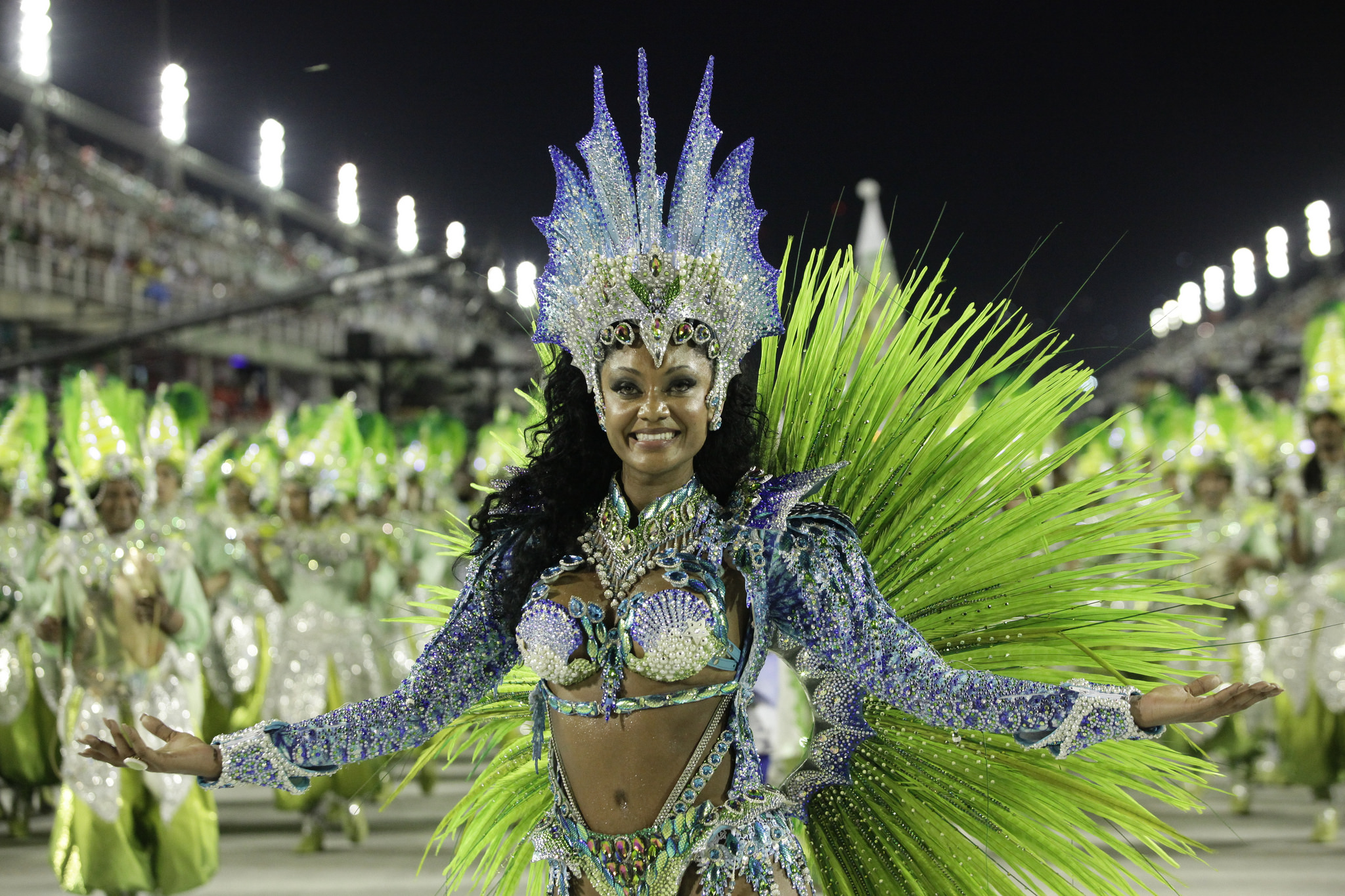

The sambadrome is a road-like structure flanked by seating on both sides, with a capacity of 90,000 people.


The Rio de Janeiro samba schools now participate in annual competitions in a purpose-built venue which was first used in 1984. In the 1930s and 40s carnaval samba was harnessed for nationalist political purposes under Getúlio Vargas’ rule, promoting celebration of the African heritage in Brazil’s mixed-race culture. The original carnaval groups ( cordões and blocos) first appeared in approximately 1917 in Rio de Janeiro, and the first government-sanctioned, and re-named, escola de samba (samba school – a collective of dancers and musicians) was founded in 1928.Ī member of the samba school ‘Estacio de Sa’ presents her costume during their parade at the sambodrome in Rio de Janeiro, 2007. Originally, African-Brazilian people used the Christian event as a way to practice government-repressed aspects of their culture including their dance and music. Partly a modern manifestation of medieval Christian festivals that marked the coming of Lent with subversive and anti-authoritarian festivities and partly a descendant of the African coronation traditions.
Samba de jenairo driver#
Carnaval is, as London-based arts author Ian Driver writes: The samba in this context is danced individually as a part of a very large group, and is performed to complex percussion music played by a large marching band. When samba spread south to urban centres in the late 19th century, other forms of the dance started to emerge.įirst, there is the samba of the carnaval parades. Samba’s origins lie in the dances and religious practices of the West African slaves that were brought to Brazil during Portuguese colonisation, the slave trade beginning in approximately 1532.Īs famous dancer Jaime Arôxa explains in his 1996 Samba de Gafieira video, early samba, developed mainly in the northeast region of Brazil, was danced individually in a circle or line to percussion and clapping. Members of the samba school ‘Estacio de Sa’ present their costumes while riding a wagon during their parade at the ‘sambodromo’ in Rio de Janeiro, in 2007.


 0 kommentar(er)
0 kommentar(er)
